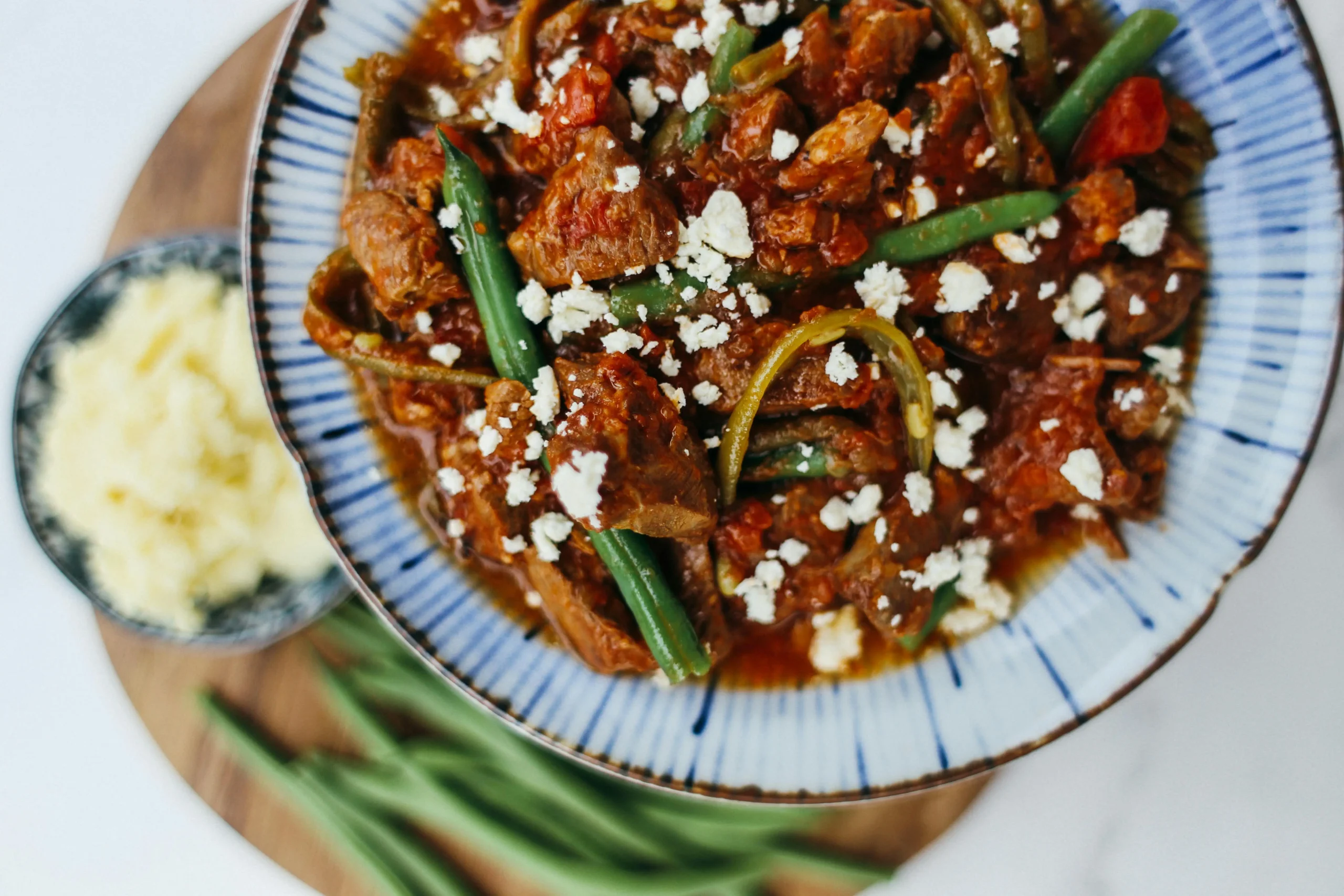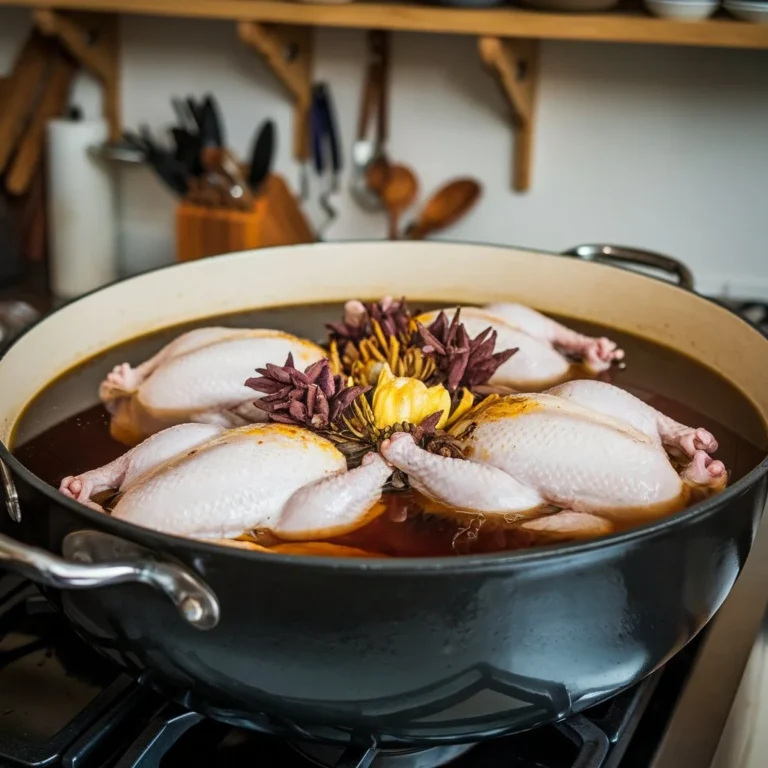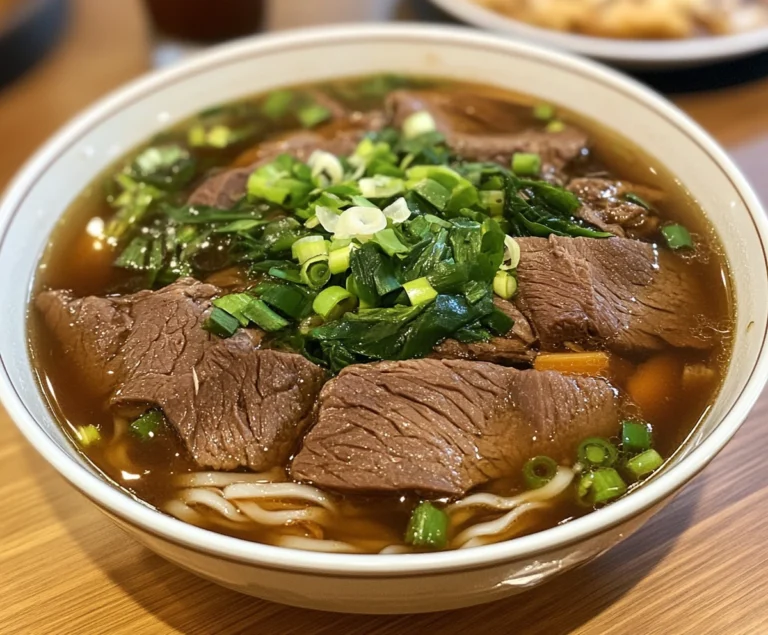Bibibop Chicken Recipes: Authentic Flavors & Easy Steps
If you’re a fan of Korean cuisine or just love a good bowl meal, you’re likely familiar with Bibibop. This popular dish combines the comforting elements of rice, vegetables, and protein, all tied together with a delicious sauce. In this comprehensive guide, we will delve deep into the world of Bibibop chicken recipes, exploring everything from the essential ingredients to creative variations that will make your dish stand out. Whether you’re a seasoned cook or a kitchen novice, this guide will help you create the perfect Bibibop chicken bowl right in your own home.
The Origins and Popularity of Bibibop
Bibibop is a variation of the traditional Korean dish, Bibimbap, which literally translates to “mixed rice.” Bibimbap is typically made with rice, various sautéed vegetables, a fried egg, and sliced meat, usually beef, all mixed together with gochujang, a spicy fermented chili paste. Over the years, this dish has evolved and spread beyond Korea, leading to various adaptations, including the popular Bibibop chicken bowl.
The modern Bibibop, particularly popularized in Western countries, often focuses on the health and customization aspects. Restaurants and home cooks alike have embraced the flexibility of Bibibop, offering endless combinations of ingredients to suit different dietary needs and preferences. The dish’s balance of protein, carbohydrates, and vegetables makes it not only delicious but also nutritious, contributing to its widespread popularity.
Essential Ingredients for the Perfect Bibibop Chicken Bowl
Creating an authentic and tasty Bibibop chicken bowl starts with gathering the right ingredients. Each component plays a crucial role in the overall flavor and texture of the dish. Here’s a detailed look at what you’ll need:
1. Chicken
The star of the dish, the chicken, needs to be prepared with care to ensure it’s flavorful and tender. You can choose between chicken thighs and chicken breasts, depending on your preference. Here’s how to make the best choice:
- Chicken Thighs: These are juicier and more forgiving when it comes to cooking time. They are ideal for grilling or stir-frying, where the meat benefits from a longer cooking time that allows the flavors to develop.
- Chicken Breasts: Leaner and lower in fat, chicken breasts are a healthier option. They cook quickly and are best suited for those looking to reduce their fat intake without sacrificing protein.
Marinade: The key to delicious chicken in your Bibibop bowl is a flavorful marinade. A typical marinade might include soy sauce, garlic, ginger, sesame oil, and a touch of honey for sweetness. For an extra kick, add some gochujang or sriracha. Marinate the chicken for at least 30 minutes, but for best results, let it sit overnight.
2. Vegetables
A variety of vegetables add color, texture, and nutrition to your Bibibop bowl. Traditional Bibimbap typically includes a mix of sautéed and fresh vegetables. Here’s a breakdown of some common choices:
- Spinach: Lightly blanched spinach adds a vibrant green color and a mild flavor.
- Carrots: Julienne or thinly sliced, carrots provide a sweet crunch. They can be used raw for texture or stir-fried for a softer bite.
- Zucchini: Sliced zucchini, lightly sautéed with sesame oil and garlic, offers a subtle flavor that complements the other ingredients.
- Mushrooms: Shiitake or button mushrooms are great for adding an umami depth to the bowl.
- Bean Sprouts: These add a refreshing crunch and are often served raw or lightly blanched.
- Cucumber: Thinly sliced cucumbers add a refreshing contrast to the warm elements of the dish.
3. Rice
Rice forms the base of the Bibibop bowl. While white rice is the traditional choice, there are plenty of alternatives depending on your dietary preferences:
- White Rice: Sticky and slightly sweet, white rice is the traditional choice and pairs well with the other ingredients.
- Brown Rice: Offers more fiber and a nuttier flavor, making it a healthier option.
- Cauliflower Rice: A low-carb alternative that’s perfect for those looking to reduce their calorie intake.
4. Bibimbap Sauce
The sauce is arguably the most important element of the Bibibop bowl. It ties all the ingredients together and adds a burst of flavor. Here are a few options:
- Gochujang Sauce: The classic choice, made with gochujang (Korean chili paste), soy sauce, sesame oil, sugar, and vinegar. It’s spicy, sweet, and tangy all at once.
- Soy Sauce-Based Sauce: For a milder option, mix soy sauce with garlic, ginger, sesame oil, and a bit of sugar.
- Creamy Sesame or Peanut Sauce: Adds a rich, nutty flavor to your bowl. This is a great option if you want to introduce a different flavor profile.
5. Toppings
Toppings add the final touch to your Bibibop bowl. Here are some popular options:
- Fried Egg: A sunny-side-up egg is the traditional topping, adding richness when the yolk mixes with the rice and sauce.
- Sesame Seeds: Sprinkle these on top for a bit of crunch and a nutty flavor.
- Nori Strips: Thin strips of dried seaweed add an extra umami flavor.
- Kimchi: Fermented cabbage adds a spicy, tangy contrast to the other ingredients.
Step-by-Step Guide to Cooking Bibibop Chicken
Now that you’ve gathered all your ingredients, it’s time to start cooking. Here’s a step-by-step guide to creating the perfect Bibibop chicken bowl:
1. Marinating the Chicken
Start by preparing the marinade. In a bowl, mix soy sauce, garlic, ginger, sesame oil, honey, and gochujang (if using). Add the chicken, making sure it’s fully coated in the marinade. Cover the bowl and refrigerate for at least 30 minutes, or overnight for the best flavor.
2. Cooking the Chicken
You have several options for cooking the chicken:
- Grilling: Preheat your grill to medium-high heat. Grill the chicken for 6-8 minutes on each side, or until the internal temperature reaches 165°F. This method adds a nice charred flavor to the chicken.
- Baking: Preheat your oven to 375°F. Place the marinated chicken on a baking sheet and bake for 25-30 minutes, or until cooked through. Baking is a great option if you want to prepare the chicken in larger batches.
- Stir-Frying: Heat a tablespoon of oil in a pan over medium-high heat. Add the chicken and stir-fry for 5-7 minutes, or until fully cooked. Stir-frying allows the chicken to stay juicy and tender while absorbing the flavors of the marinade.
3. Preparing the Vegetables
While the chicken is cooking, prepare the vegetables:
- Blanching Spinach: Bring a pot of water to a boil. Add the spinach and cook for just 30 seconds, then immediately transfer to a bowl of ice water to stop the cooking process. Drain and squeeze out excess water.
- Stir-Frying Vegetables: In a pan, heat a small amount of sesame oil. Add the carrots, zucchini, and mushrooms, and stir-fry for 3-5 minutes, or until tender but still crisp. Season with salt and a dash of soy sauce.
4. Cooking the Rice
Cook your rice according to the package instructions. If using white or brown rice, rinse the rice under cold water until the water runs clear. This removes excess starch and prevents the rice from becoming too sticky. For cauliflower rice, simply sauté in a pan with a bit of oil until tender.
5. Assembling the Bibibop Bowl
Now comes the fun part—assembling your bowl. Start by adding a generous serving of rice to the bottom of your bowl. Arrange the cooked chicken and vegetables on top, keeping each ingredient in its own section. This not only makes the bowl visually appealing but also allows you to taste each component individually.
6. Adding the Sauce and Toppings
Drizzle your chosen sauce over the bowl, making sure to get a bit on each ingredient. Top with a fried egg, sesame seeds, and nori strips. If you like a bit of heat, add a spoonful of kimchi on the side.
Explore more chicken grilling techniques with this Alice Springs Chicken Recipe
Creative Variations of Bibibop Chicken Recipes
One of the best things about Bibibop is its versatility. You can easily adapt the dish to suit your tastes or dietary needs. Here are some creative variations to try:
1. Spicy Chicken Bibibop
If you love a bit of heat, this variation is for you. To make a spicy chicken Bibibop:
- Marinade: Increase the amount of gochujang in the marinade or add chili flakes.
- Sauce: Use a spicy gochujang sauce or mix sriracha with mayonnaise for a creamy, spicy drizzle.
- Toppings: Add extra kimchi or pickled jalapeños for an extra kick.
2. Healthy Bibibop
For a lighter, healthier version:
- Chicken: Use lean chicken breast instead of thighs.
- Rice: Substitute white rice with cauliflower rice or a mix of quinoa and brown rice for added nutrients.
- Sauce: Opt for a lighter soy sauce-based dressing or a simple drizzle of sesame oil and lemon juice.
- Toppings: Load up on fresh, raw vegetables like shredded cabbage, cucumbers, and cherry tomatoes.
3. Fusion Bibibop Recipes
Bibibop is incredibly versatile, making it the perfect dish to experiment with global flavors. Here are a few fusion ideas:
- Mexican Bibibop: Replace the rice with cilantro lime rice and add black beans, corn, and avocado. Top with a spicy chipotle sauce.
- Japanese-Inspired Bibibop: Use sushi rice as the base and add ingredients like avocado, pickled ginger, and wasabi peas. Drizzle with a soy sauce-based dressing or spicy mayo.
- Mediterranean Bibibop: Use a base of quinoa or farro, and add roasted vegetables like eggplant, zucchini, and bell peppers. Top with tzatziki sauce and crumbled feta cheese.
FAQs About Bibibop Chicken Recipes
As you dive into the world of Bibibop chicken recipes, you may have some questions. Here are answers to some of the most common queries:
What is on Bibibop spicy chicken?
- Bibibop spicy chicken is typically marinated in a mixture that includes gochujang (Korean chili paste), soy sauce, garlic, and other spices. This marinade gives the chicken its characteristic spicy and savory flavor. It’s usually served with rice, vegetables, and a spicy gochujang sauce.
What kind of cheese do they use at Bibibop?
- While traditional Bibimbap or Bibibop bowls do not typically include cheese, some modern variations, especially those served in certain restaurants, might use shredded mozzarella or a mild white cheese. The cheese adds a creamy texture that complements the spicy and savory flavors of the dish.
Is Bibibop processed food?
- Bibibop, when made at home or in restaurants focusing on fresh ingredients, is not considered processed food. The dish is made from whole ingredients such as fresh vegetables, marinated chicken, and homemade sauces. However, pre-packaged versions or certain ingredients like store-bought sauces may be processed. It’s best to check labels or make components from scratch for the healthiest version.
Where did Bibibop come from?
- Bibibop is inspired by the traditional Korean dish Bibimbap, which dates back centuries. Bibimbap, meaning “mixed rice,” was originally a way to use up leftover vegetables and rice. The modern Bibibop bowl has been popularized in the West, especially by fast-casual restaurants, and typically emphasizes customization and health-conscious ingredients.
Conclusion: Mastering the Art of Bibibop Chicken Recipes
Creating a Bibibop chicken bowl at home is a rewarding experience that allows you to explore new flavors and techniques. With the right ingredients and a bit of practice, you can make a dish that rivals any restaurant version. Whether you stick to the traditional recipe or experiment with your own creative variations, Bibibop is sure to become a staple in your kitchen.
The versatility of Bibibop means that you can tailor it to your personal preferences, making it perfect for a quick weeknight dinner, meal prep, or even an impressive dish to serve to guests. So, gather your ingredients, fire up the stove, and start your journey into the delicious world of Bibibop chicken recipes. Happy cooking!







